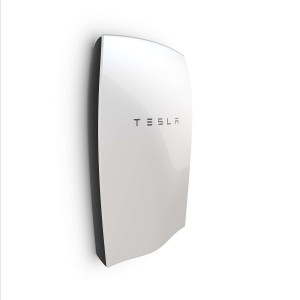 California’s default electricity rates are notoriously inefficient, with increasing charges based on how much energy you use within a billing period. The better way to price electricity would be to make it expensive when it’s expensive to generate, and cheap when it’s not. That way ratepayers are encouraged to conserve when the grid is constrained and dirtier as well, and use power when it’s cheap and clean, saving on emissions and grid costs in the process.
California’s default electricity rates are notoriously inefficient, with increasing charges based on how much energy you use within a billing period. The better way to price electricity would be to make it expensive when it’s expensive to generate, and cheap when it’s not. That way ratepayers are encouraged to conserve when the grid is constrained and dirtier as well, and use power when it’s cheap and clean, saving on emissions and grid costs in the process.
In response to this inefficiency, the state is moving toward time-varying rates as the default, starting in 2019. While not real-time rates, they have higher “peak” prices when electricity is expensive and in demand, and cheaper rates in off-peak hours. It’s a good way to integrate more intermittent renewables, too, as a grid flush with solar power mid-day will encourage ratepayers to use electricity then, soaking up that cheap, clean electricity and not later when renewables are more scarce.
With these time-varying or time-of-use rates, customers will increasingly look to reduce their demand during peak (more expensive) times. And Tesla is stepping into that void, with a new app update that allows customers to optimize based on rates. As Utility Dive explains:
Through the update, consumers can choose to store energy only for backup power, to maximize the amount of energy generated by a rooftop solar system, or to implement two time-based controls.
The ‘Balanced’ time-based strategy uses stored solar energy to “power your home when electricity is expensive and after the sun goes down,” the company explains on its web site. The ‘Cost Saving’ strategy maximizes consumer savings by using “stored low-cost energy to power your home when electricity is expensive.”
In the future, homeowners with rooftop solar systems will want batteries for precisely this reason, to harness as much cheap, clean power as they can to offset dirtier, more expensive power later. And as companies like Tesla automate that process, it will be easy for customers to do so.
The upside is economic savings for the customer, less strain on the grid, and reduced emissions in the process. And this is all made possible by smarter rates, software advances, and cheaper clean technology in the form of batteries.


